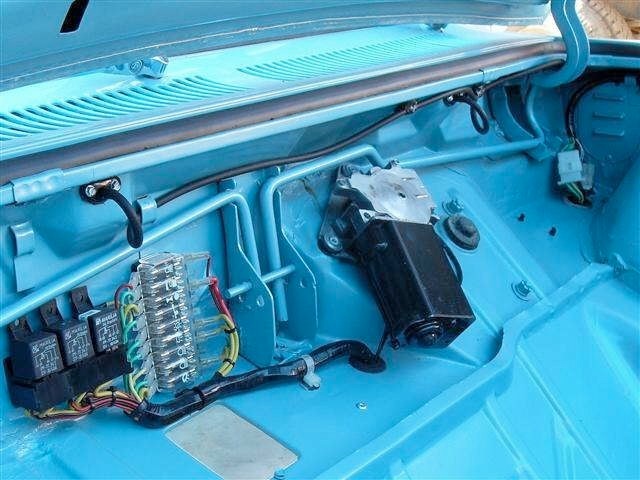I measured the voltage drop on the CR-V today as instructed on Daniel Stern's website. That is, with the headlamps on, measure voltage between low beam terminal on the bulb (HB2 bulb) and the positive battery cable. That gives the voltage drop on the positive side. Then measure voltage between the the ground terminal on the bulb and the negative battery cable. That gives the voltage drop on the negative side. Add together for total system drop.
On the positive side I have a 0.6V drop and on the negative side I have a 0.2V drop, for a 0.8V drop in total. This was at about 12.1V reference (across both battery terminals) with the lamps on (engine off obviously).
This appears to represent a 6.6% voltage drop. But Mr. Stern goes on to say that lamp output decreases at the power of 3.4 as voltage drops, so it's not linear. So at 95% of reference voltage (which is about what it seems I have), lamp output is 83% of its rated output.
Have any of you measured your voltage drop before and after installation of a harness? I'm trying to justify (or not) the cost/effort of installing a harness.
Thanks!
On the positive side I have a 0.6V drop and on the negative side I have a 0.2V drop, for a 0.8V drop in total. This was at about 12.1V reference (across both battery terminals) with the lamps on (engine off obviously).
This appears to represent a 6.6% voltage drop. But Mr. Stern goes on to say that lamp output decreases at the power of 3.4 as voltage drops, so it's not linear. So at 95% of reference voltage (which is about what it seems I have), lamp output is 83% of its rated output.
Have any of you measured your voltage drop before and after installation of a harness? I'm trying to justify (or not) the cost/effort of installing a harness.
Thanks!






